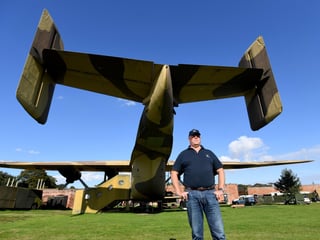Aircraft manufacturing to end at BAE Systems in Brough after 104 years - but Dreadnoughts, apprentices and remote working will secure its future
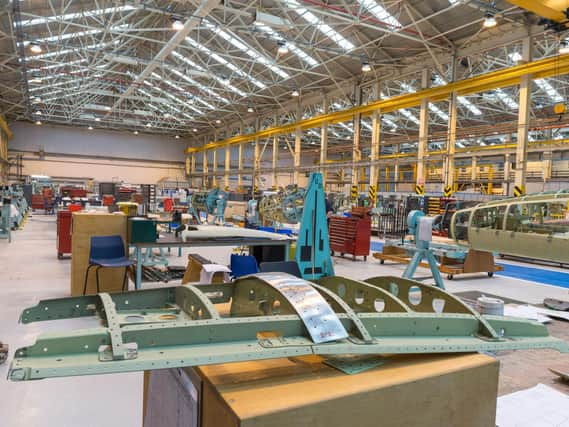

The remaining staff in the manufacturing division of the site will be 'banged out' by colleagues hammering on benches and the curtain will come down on 104 years of aviation history.
When the plant re-opens after Christmas, BAE at Brough will have entered a new era - one which is defined by engineering, apprenticeships and remote working..
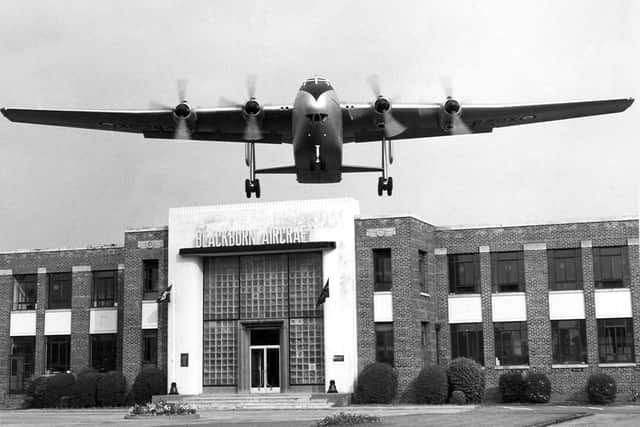

Advertisement
Hide AdAdvertisement
Hide AdAircraft have been built at Brough since 1916, when it was a testing ground for World War One seaplanes. The site produced the Blackburn Beverley transport aircraft - the last survivor of the fleet was on display at the nearby Fort Paull Museum until recently - and has been associated with Hawk training jets, used by the RAF and air forces all over the world, for much of its recent operational life.
Although they have not manufactured a complete Hawk since 2011, 45 per cent of the plane's assembly was still undertaken at Brough, with the remainder at another BAE site near Preston.
In 2017, it was announced that the last of the overseas Hawk contracts would end in 2020, when orders from Oman and Qatar would be fulfilled. Hawks are beginning to be phased out of service and replaced by more advanced jets, and BAE told 393 workers that their jobs would be under threat once manufacturing ended.
Over 200 of these staff - many of them lifelong employees - left BAE as part of a voluntary release scheme, and 21 remain at risk of compulsory redundancy. Site director Dave Corfield - who joined Brough as an apprentice in 1978 - admits the decision to end Hawk production was 'tinged with sadness'.
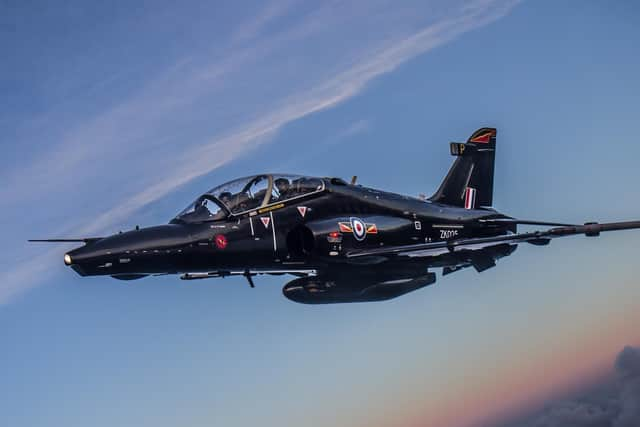

Advertisement
Hide AdAdvertisement
Hide AdYet he is optimistic about the plant's future, and praises the flexibility of the 134 workers who opted to take part in a training programme that has seen them transfer into the site's engineering division.
Engineering, not manufacturing, is now the way forward for BAE at Brough; and although it remains heavily involved in the next generation of fighter aircraft, and will still offer engineering support to the operators of around 700 Hawks still flying, it has now taken on its first Royal Navy contract. Software engineers will work on the Dreadnought submarines, the nuclear deterrent planned to replace Trident.
It's a significant moment for what has always been an aviation-focused site - Brough is the world's longest continuous producer of fixed wing aircraft, the plant having passed through the hands of illustrious names Blackburn, Hawker Siddeley and British Aerospace.
"I've been at Brough for 42 years, and I've seen a lot of change in that time. Now, we have come to the end of the Hawk manufacturing. We have just sent nine planes to Qatar, but there are no prospects of selling more," said Mr Corfield.
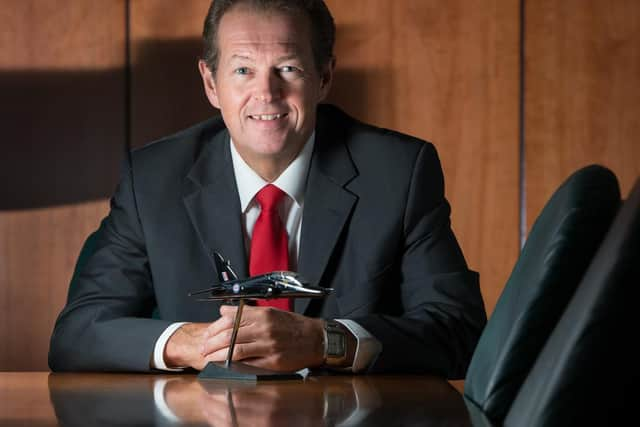

Advertisement
Hide AdAdvertisement
Hide Ad"But it's been amazing to see the site transform and grow our engineering capacity. Five years ago, our design, avionics, software engineers were all working on the Hawks. Now, more than half of them are working on Typhoons, Lightnings, Tempest and Dreadnoughts. We have created new roles to mitigate the job losses."
Sixty-five workers have moved into the design division, and have been given extended training that will lead to degree-level qualifications.
"Some of them have spent 10-20 years in manufacturing, so it's a significant career change for them. Most of them are working remotely now - we have 230 on site and 550 working from home. We've established completely different ways of working and in future we will be more flexible. Many staff will do some days from home and some on site."
Mr Corfield points out that remote working has always been a vital part of BAE's function - he himself has managed teams consisting of staff based in India as well as all over the UK. Security concerns mean BAE cannot use the likes of Zoom and Microsoft Teams, so their IT division has worked hard to introduce new video conferencing systems and increase network capacity during the lockdowns this year
Advertisement
Hide AdAdvertisement
Hide AdAn ageing workforce will also be revitalised by apprentices - 100 of them will be recruited over the next five years on degree-level training courses. The intake of 22 trainees this year includes workers from Scotland and Portsmouth who have relocated to Brough, but three quarters of them still come from Hull and the East Riding.
"It's a good investment, we are bringing in talent and the workforce is getting younger. We certainly won't forget our past, and we have a heritage group of ex-staff who help to maintain the Blackburns, which will continue.
"With the contracts we have now, we are in it for the long haul. We are designing the future of fighter aircraft. Dreadnoughts are like a plane that flies underwater - the aerodynamics and hydrodynamics are similar. We are now able to move people around the site and give them different experiences at different stages of an aircraft's life cycle.
"A lot of staff will be back on site on Christmas Eve to 'hammer out' the manufacturing colleagues. It will be an emotional day - there won't be a dry eye in the house."
Comment Guidelines
National World encourages reader discussion on our stories. User feedback, insights and back-and-forth exchanges add a rich layer of context to reporting. Please review our Community Guidelines before commenting.
